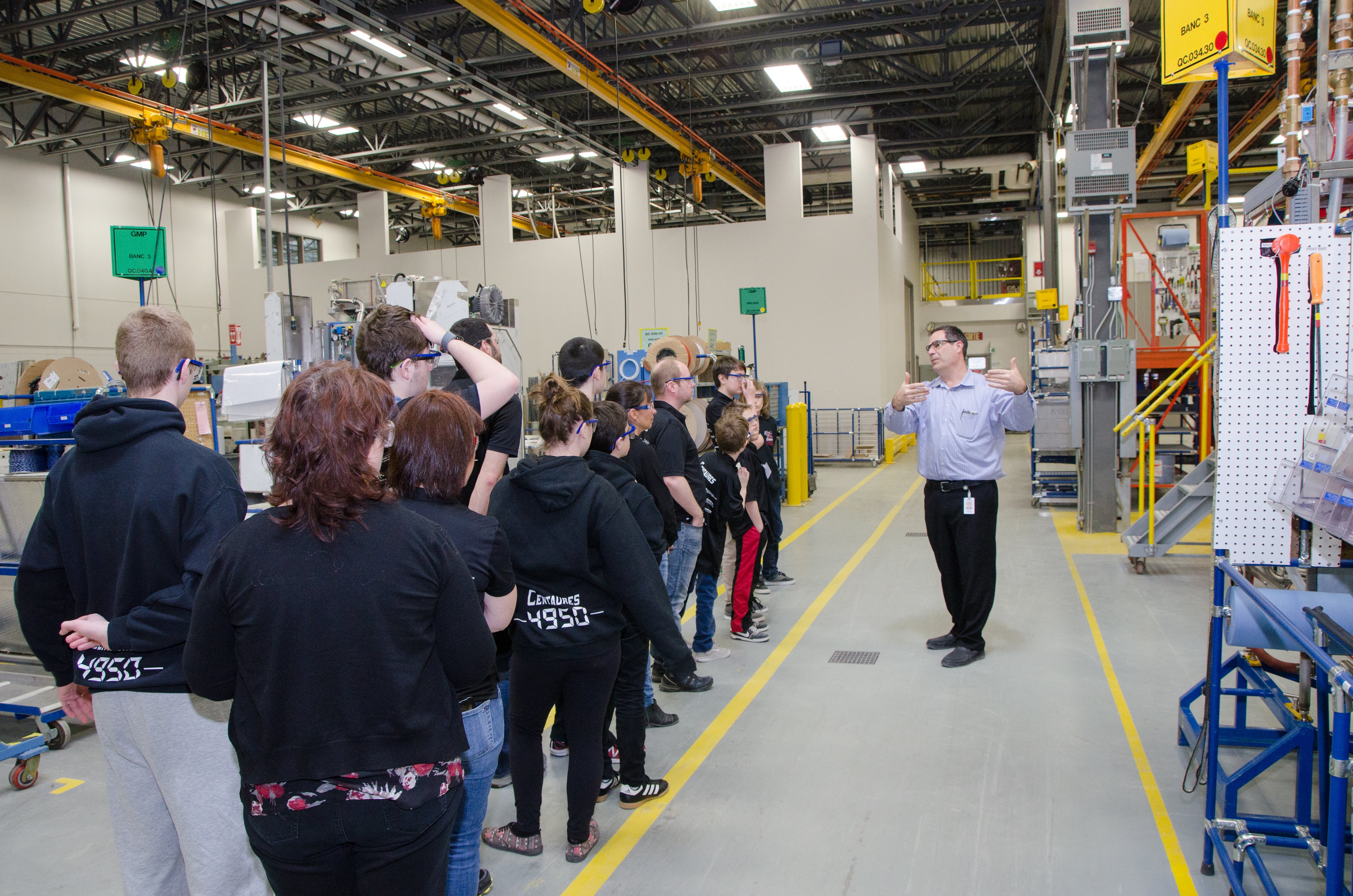
It’s not just about marketing; it’s about engaging people in solutions to real problems.
Can something as simple as a factory tour play a role in solving some of the macro-level problems that plague the construction industry? The short answer may well be “Yes.”
As the industry looks to its future, a number of issues sit in its metaphorical in-box waiting to be addressed: the labor shortage continues, with the number of job openings continuing on its increasing trend and reaching over 300,000 per month in mid-2021; productivity growth has continued to lag that of other industries; and despite continuing adoption of sustainable construction practices, more improvement is necessary.
The good news is that there is a clear path to progress on each of these fronts, and that path entails increased use of prefab and modular construction methods. Yet many firms are setting foot on that path only hesitantly; while a reported three-fourths of firms have used prefab to one extent or another, for any individual firm that extent has not been great; only two in ten make use of prefab on half of their projects or more.
While legitimate concerns about the state of prefab and modular construction technologies have been expressed, it’s also clear that, as often as not, misperceptions about these techniques among firms, customers, and communities are the reason they’re not being used more.
Use Factory Tours to Build Engagement
The need, however, goes beyond education; it requires a real sense of engagement on the part of all stakeholders. It can be a challenge to generate and sustain that feeling of engagement in the bigger picture when people have day-in and day-out problems they need to solve. If you surveyed those who work in construction and related fields, the majority would almost certainly tell you they’d like to learn more. And that’s where a tour of a facility that manufactures prefab or modular units can be surprisingly effective. There’s no better way for any industry, or industry sub-sector, to build a sense of engagement than to make those stakeholders feel like insiders, to give them a peek behind the curtain in the form of a formal manufacturing center tour. And that benefits both the manufacturer and the customer alike.
There are a lot of ways tours can be designed to enhance the experience. Engaging all the senses makes everything more memorable. So does giving participants the chance to get a feel for the final product. At the Louisville Slugger factory tour, participants can handle the wooden rods that will soon become baseball bats, and in the process they’ll “smell the wood, and see the wood chips fly.” The Harley-Davidson museum tour ends with participants being given a chance to settle into the saddle of a brand new motorcycle.
But while the effectiveness of the tour’s script will be enhanced by any of these additions, the tour guide’s words are still the most important source of engagement. Those words should be written keeping in mind a simple idea from author Simon Sinek: “People don’t buy what you do; they buy why you do it.” And while your customers already know what you do, and any tour makes it more clear how you do it, the real benefit of a tour for both parties is to deeply and compellingly communicate why you do it.
Well, why do you do it? The answer is different for each company, but the answer must involve solving the customer’s problems.
What problems can use of prefab or modular construction components solve?
This list of problems solvable through use of prefab/modular components actually looks a lot like the list of industry-wide “big picture” problems discussed above.
Use Tour Guide Headsets to Improve Communication
But there’s still one other critical consideration: none of this will work if the manufacturing floor is too noisy for the tour guide to be heard. Here the solution is straightforward: a wireless tour guide system that equips everyone involved with a comfortable headset and receiver/transceiver combination. The headsets are equipped with noise-reduction features, allowing the speaker’s voice to be heard clearly, right in the listener’s ears at normal conversational volume. And that creates the sense that the speaker’s words are directed at each person individually, almost more so than the group as a whole, which enhances the sense of engagement on everyone’s part.
Ultimately, the only truly effective marketing programs are those that communicate a solution to the customer’s problem. By ensuring that the message is heard, a wireless tour guide system empowers the client to use the company’s products to solve problems – not just day-to-day problems, but industry-wide issues as well.
This is a guest post written by Rick Farrell, President of Plant-Tours.com.